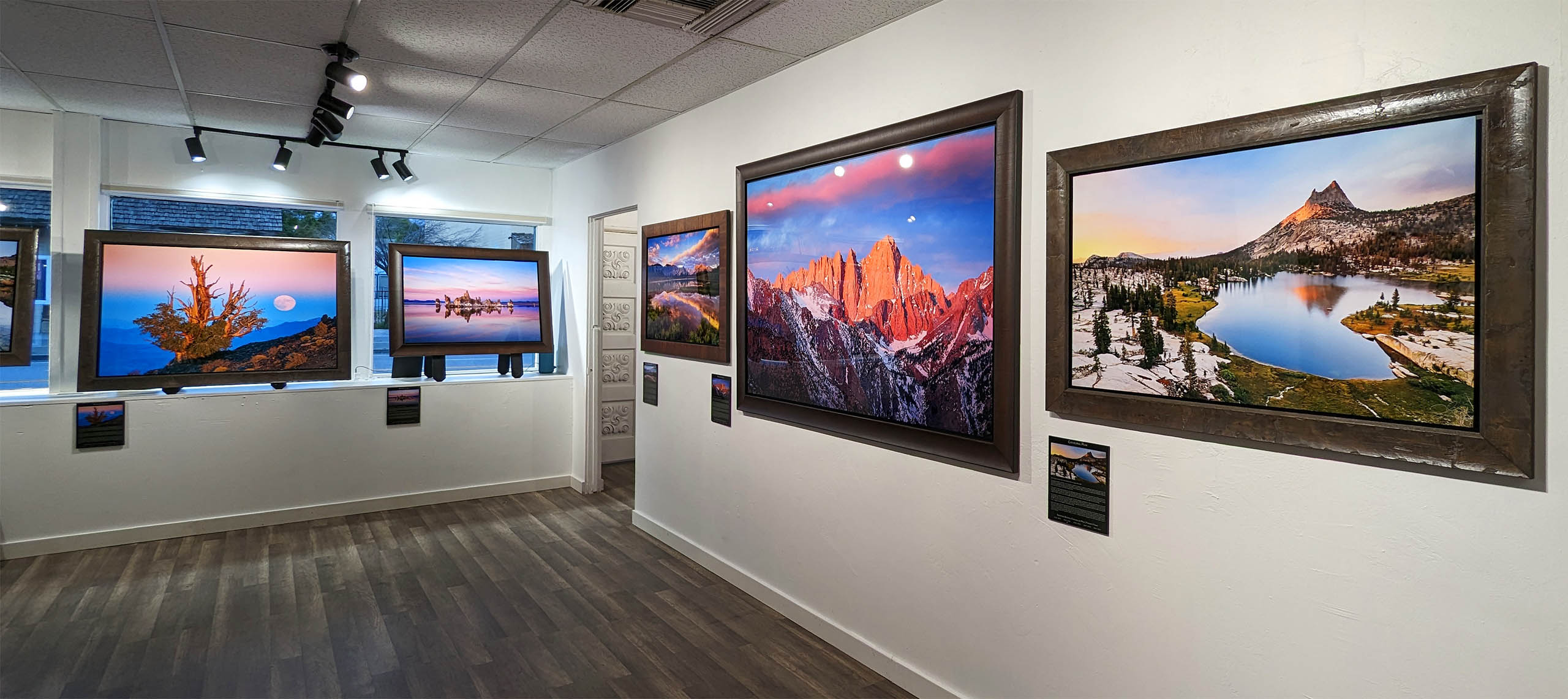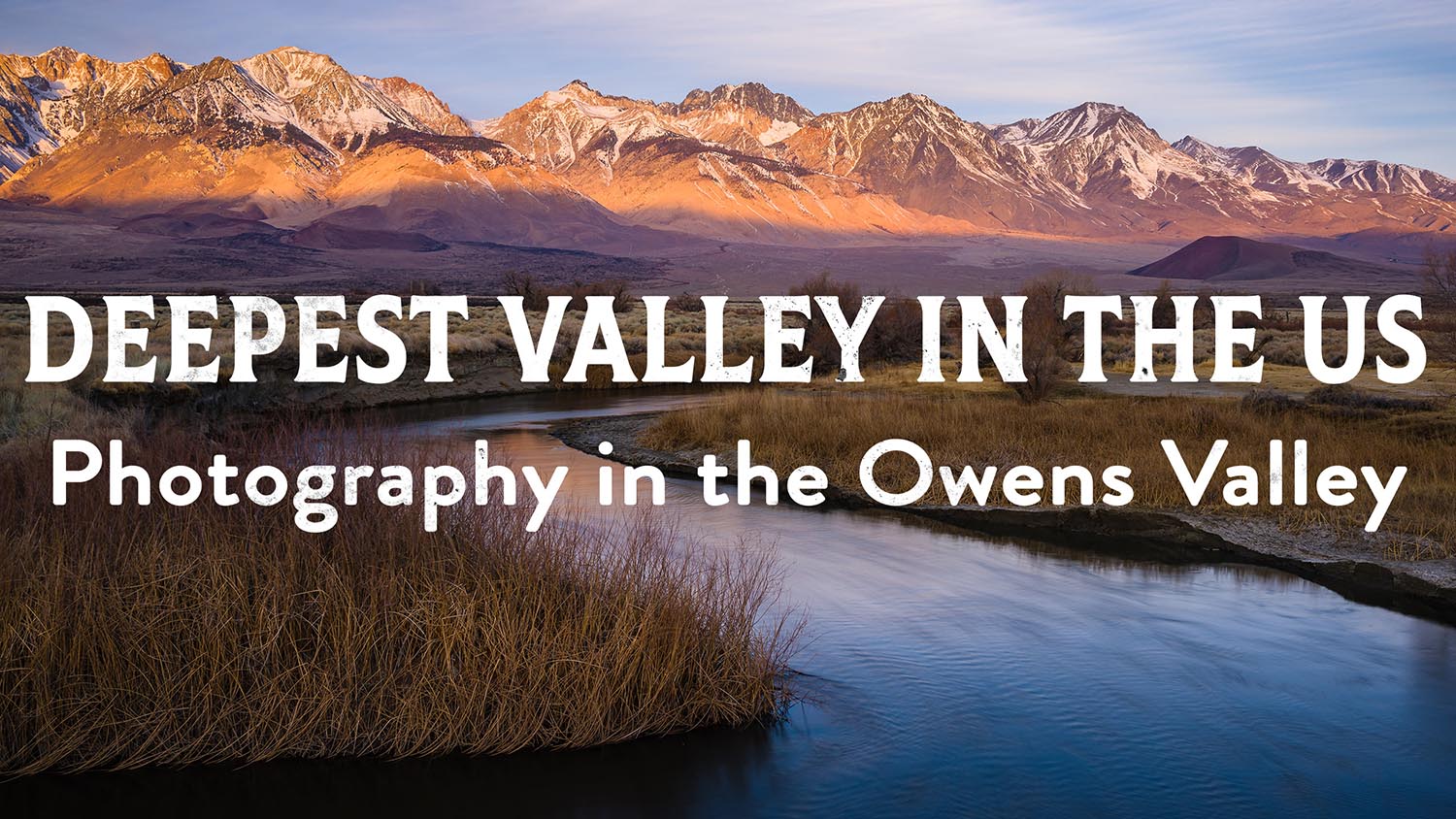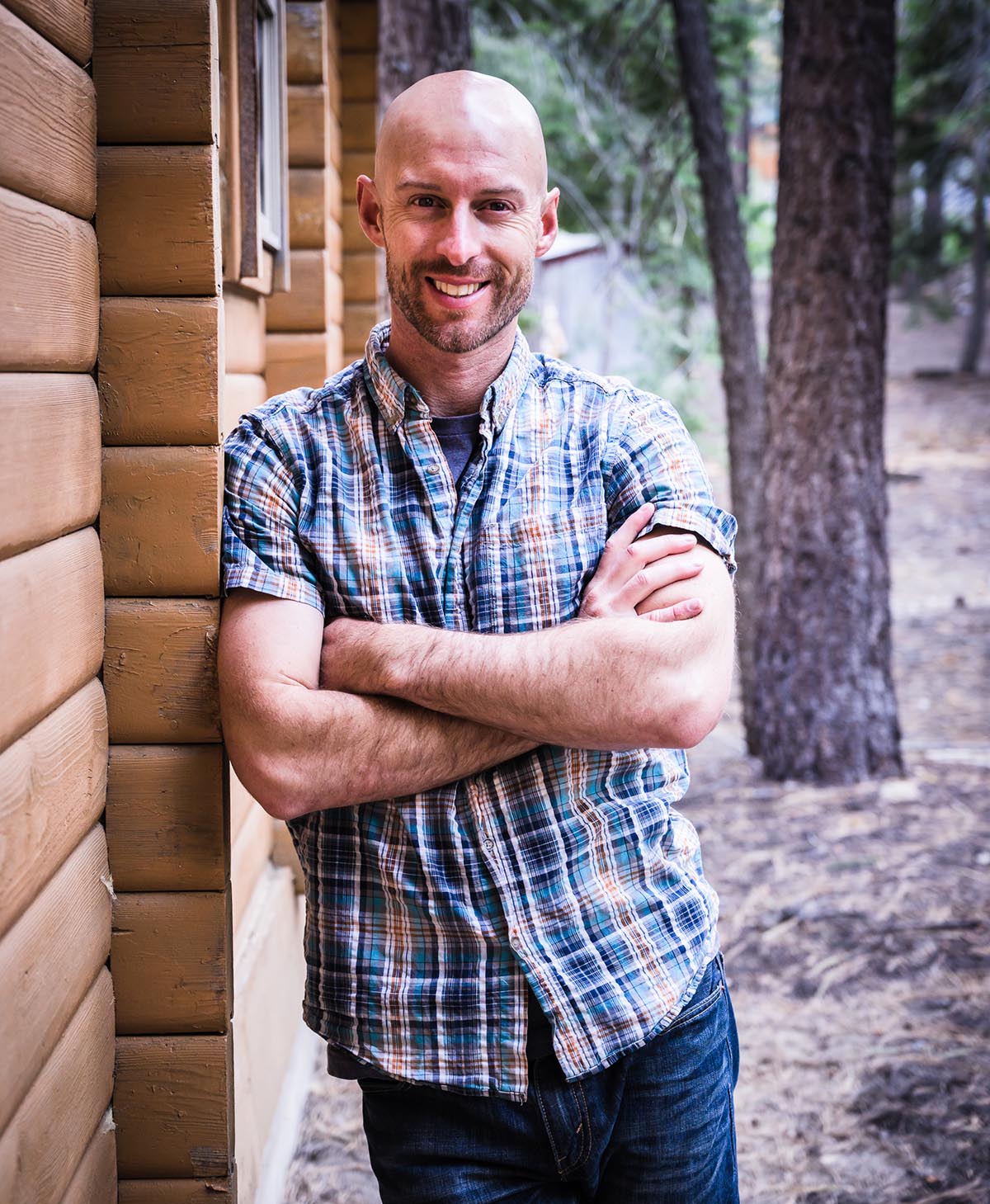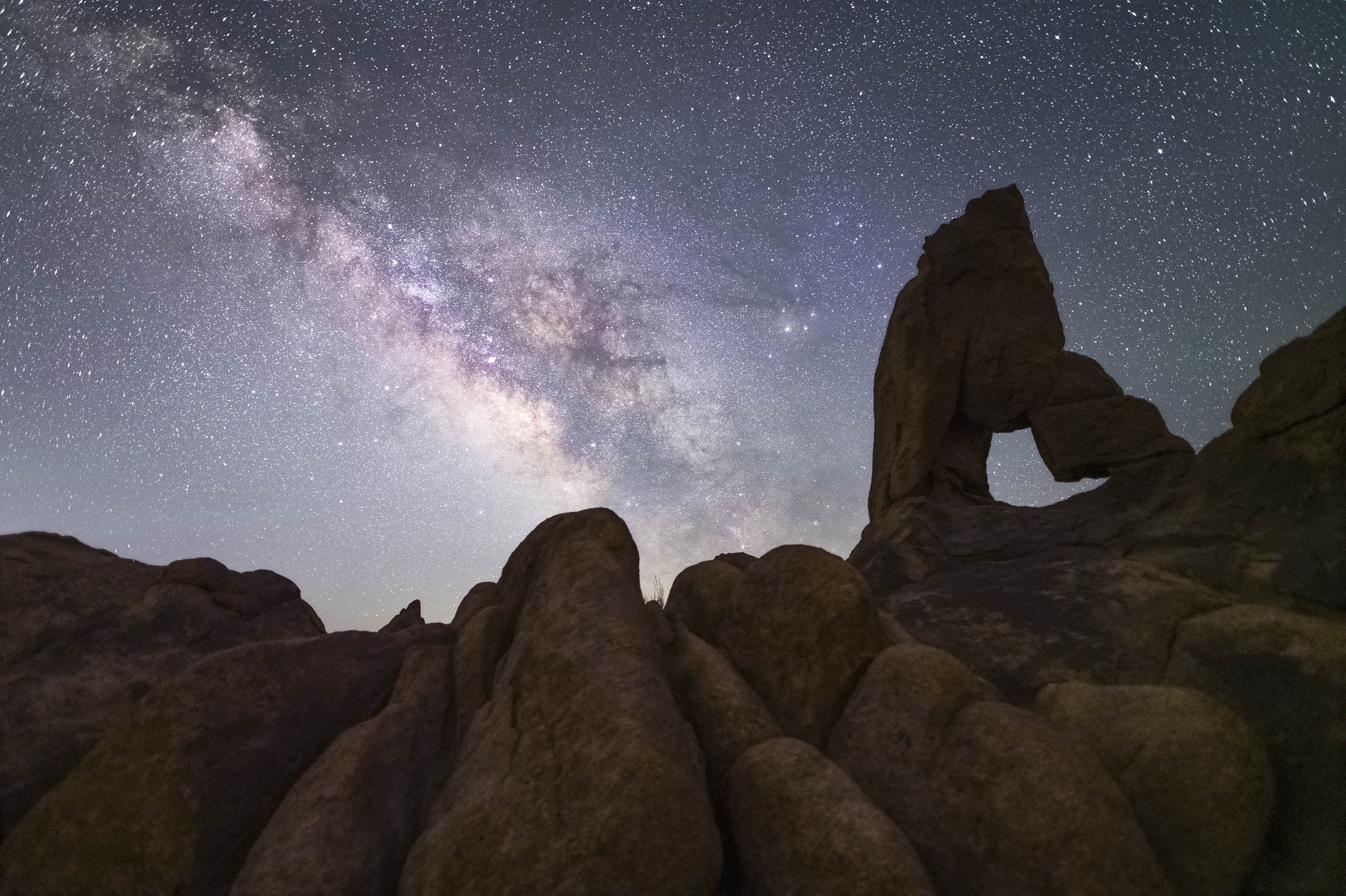
What Makes a Good Photograph?
Joshua Cripps
We all want to be good photographers, but have you ever asked yourself, “what makes a good photograph?” I believe that if you want to be good photographer, you should give lots of thought this question.
The truth is, most of us get stuck at “pretty.” If we shoot a landscape photo that’s pretty, we’re happy to call it a day. And while “pretty” is great, by itself it’s not enough. After pondering this question for many years, I realized that for me, a GOOD photo has 4 elements:
- It’s Technically Sound, meaning that it’s well-exposed, has the depth of field the photographer intended, and captures any motion in the scene in a deliberate way.
- It’s Aesthetic. That is, it’s pretty, attractive, compelling, or engaging visually.
- It’s Interesting. It shows the world in some unique or novel way, and demonstrates some aspect your uniquely personal vision.
- It’s Meaningful. Which is to say it has some greater context and relevance above and beyond “look how pretty this place is.” In other words, what’s the importance of the landscape, and why should it matter to people? Does it express something personal that you want to say about the world? Does it demonstrate a unique ecosystem or geology? Is it symbolic of something? Is there an important lesson to be learned within the photo, or does it pose a philosophical question? Does it express something important about your existence or emotions, or our human experience as a whole? These are the types of questions you can ask when it comes to the Meaning in your photos.
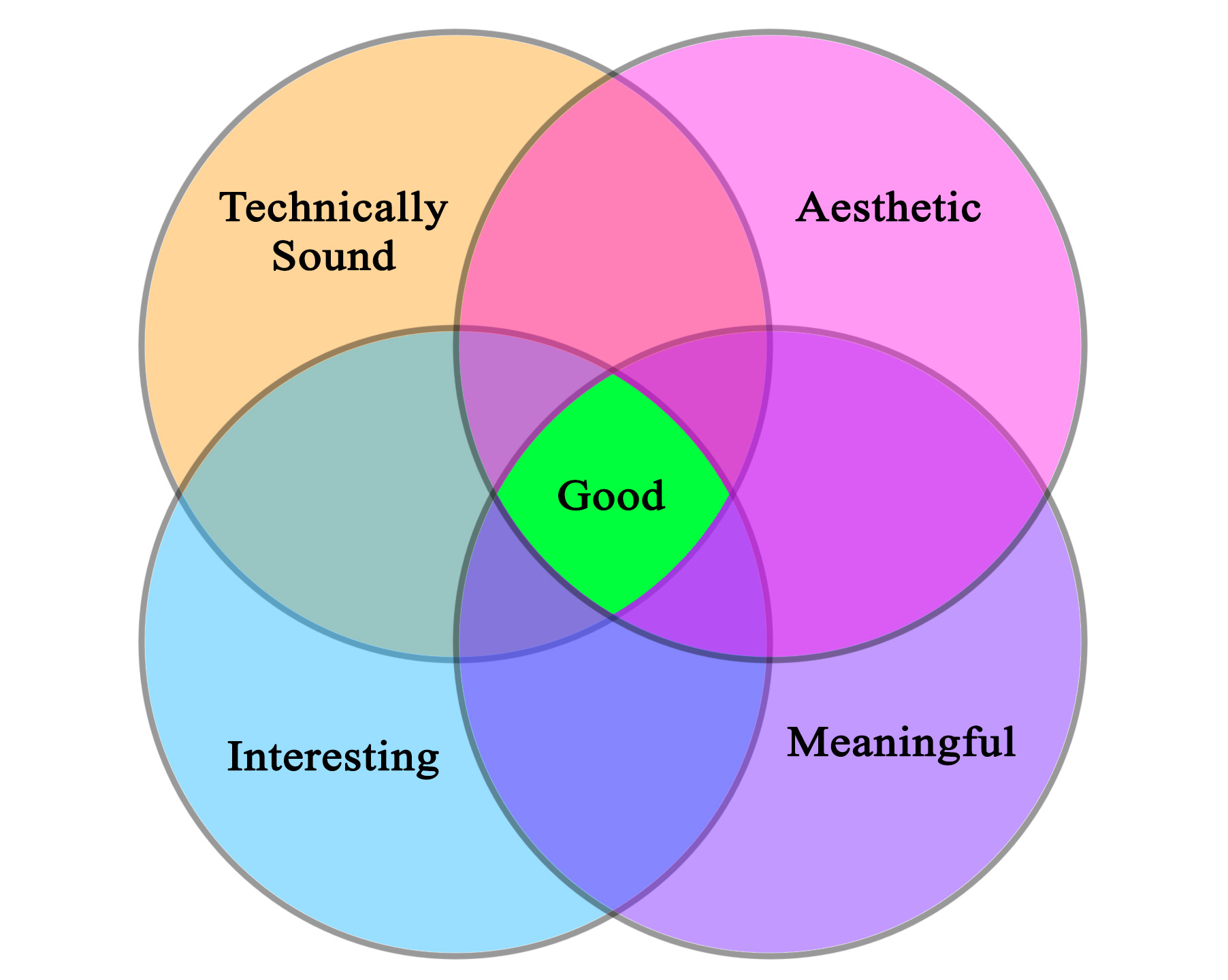
In my view, if you manage to achieve all four of these things in one image, you have a good photograph. Conversely, if you feel like your photo is missing something, it’s because it’s not fulfilling all four of these roles.
Take a look at the two photos below. When I came across this field of flowers, I felt extremely joyous and happy. But at sunset that night, dark clouds rolled in and created an ominous dark scene, which you can see in the photo on top. That photo is technically sound, it’s aesthetic, and perhaps even interesting. But it’s missing out on a huge part of what the scene meant to me, how it made me feel, and the emotions I wanted to convey. Therefore, to me, it’s NOT a good photograph. However, at sunrise the next morning, the sun lit up the sky and flowers in a beautiful display of dazzling light, and I was able to recapture the scene in a way that it conveyed the meaning I wanted it to: a bright, joyful, energizing place.
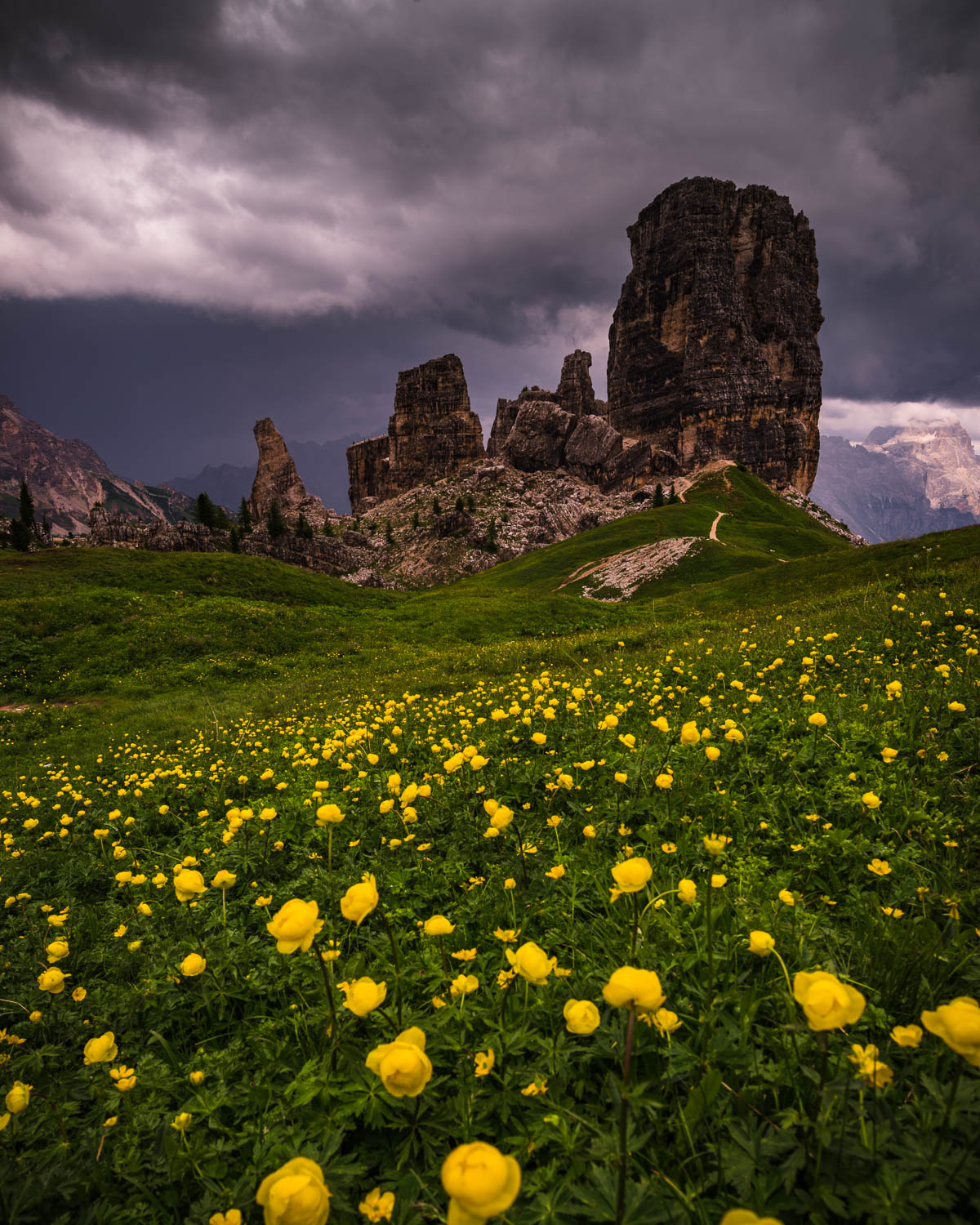
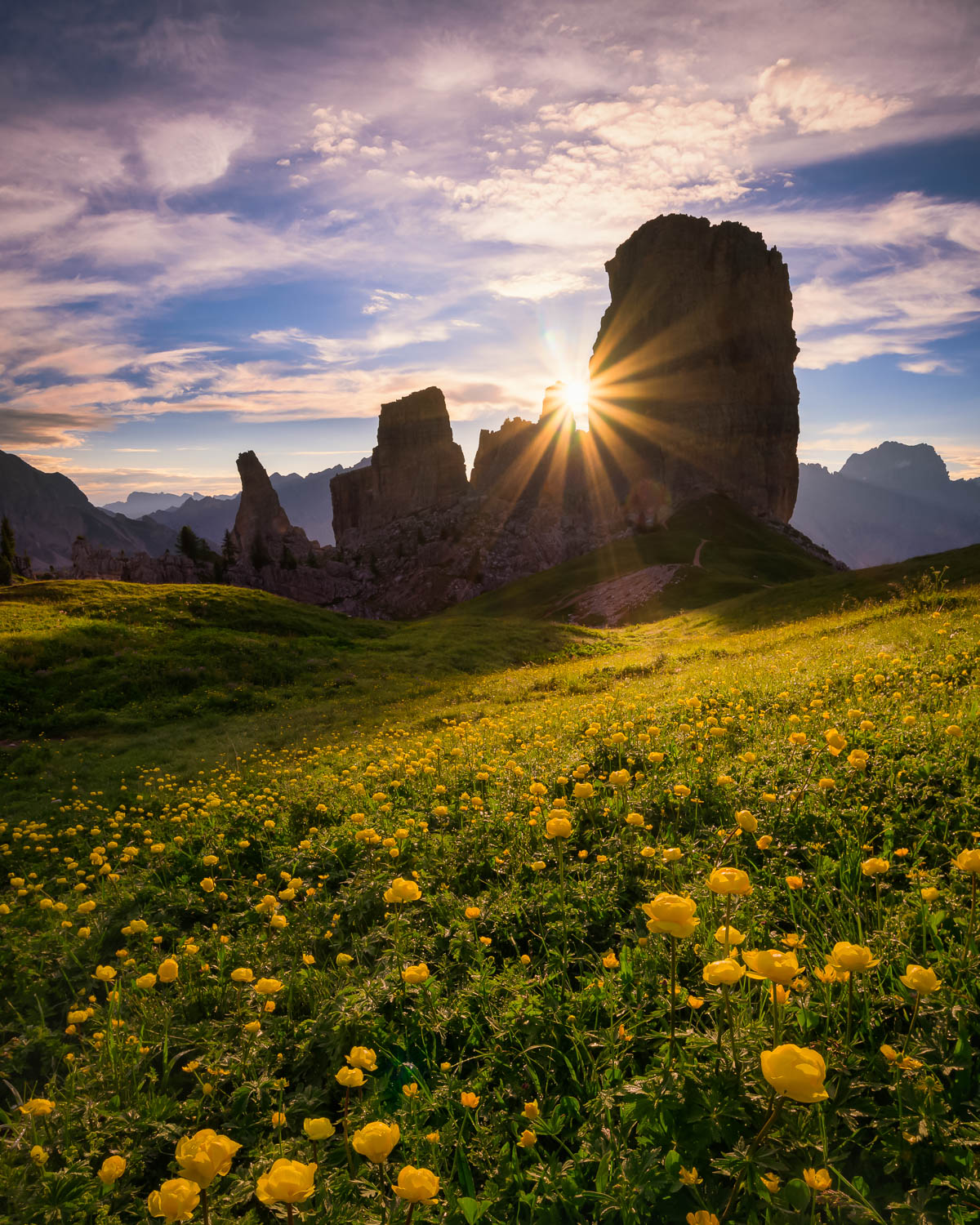
The beauty of this 4-part framework is that it breaks down your photos into clearly defined elements. Not only can you use this to figure out what an individual photo might need to improve it, but you can also use it to determine where you need to develop your skills.
For example, if you are struggling to get sharp photos but can create beautiful compositions, then you know you should spend more time developing your technical skills. Whereas if you can get a photo sharp from front to back but it feels generic, then you can work on developing your unique artistic vision and thinking more about what meaning you want to convey in your images.
Now the question becomes, if you know where you need to improve, HOW do you effectively develop those skills? The answer is quite straightforward: by setting specific learning goals for your photography.
In the next article I’m going to walk you through how you can create worthwhile goals in order to achieve what you want with your photographs.
share this article:

